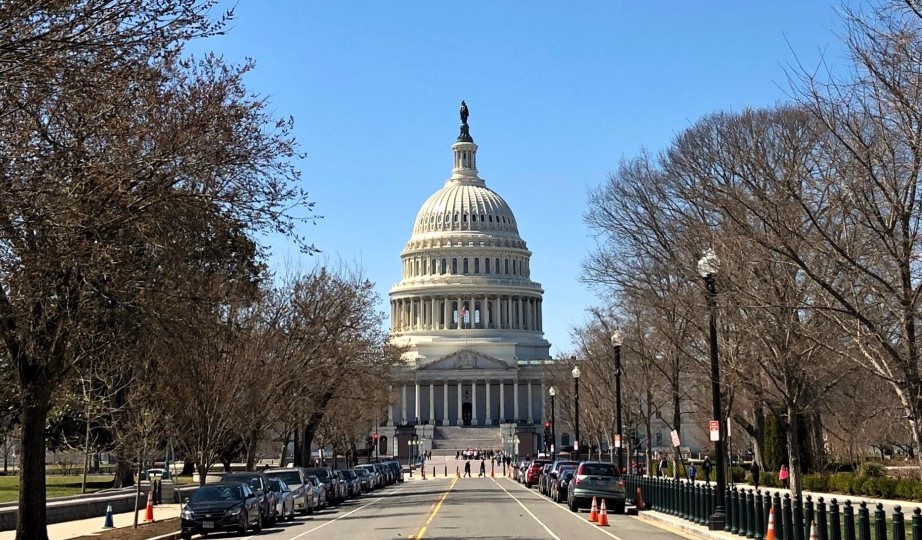
By Michael C. Loulakis and Lauren P. McLaughlin
In the federal contracting world, contractors face an uphill battle in pursuing claims for increased costs during construction. For starters, the procedural timeline is fraught with delays and is costly in itself. Contractors are required to first submit their claims to the contracting officer for disposition, and then move to either a board of contract appeals or a court of federal claims for a lengthy trial process. And successfully proving legal theories against the government is usually very difficult.
This is demonstrated by this issue’s case, Appeal of CBRE Heery Inc., which involved a design-build contractor that finished a project late and was assessed more than $1 million in liquidated damages. While the design-builder was able to demonstrate that there were ambiguities in the specifications, it was unable to show that this was sufficient to earn it liquidated damages and cost relief.
Facts
The U.S. Army Corps of Engineers hired CBRE Heery Inc. to design and build a replacement medical clinic at Seymour Johnson Air Force Base in North Carolina. The contract contained a clause indicating that Heery was responsible for the professional quality, technical accuracy, and coordination of all designs. The contract further limited any liability by the Corps for the design by cautioning that neither the Corps’ review, approval, or acceptance of Heery’s work nor payment for any part of the contract was to be construed as a waiver of any of the Corps’ rights.
Additionally, the contract’s order of precedence clause stated that the relevant codes, criteria, and standards took precedence over both the program for design (known as the PFD) and the drawings.
An issue arose over whether one of the rooms in the facility (1919) was considered a vault or a cage. This distinction was significant, as the requirements for doors and walls differed depending on the designation, with a vault having more rigorous criteria. The PFD was inconsistent with regard to its description of room 1919.
On the one hand, the PFD indicated the department in which the room was located would include a “secure storage vault.” On the other hand, the PFD used a code on that room that indicated it would be a cage. The PFD was also unclear as to whether room 1919 would store controlled substances (which, if so, meant the room had to be a vault).
The request for proposal’s drawings were also inconsistent in describing this room. While the drawings labeled room 1919 as a “secure storage vault,” the room’s drawing had walls that consisted of dashed lines, indicating a cage. (Vaults were to be indicated in the drawings by solid lines.) And Heery’s technical proposal included a drawing that showed a secure storage vault but with dashed-line walls.
Before starting work, the Corps and Heery held a 10-day design charrette to confirm the design requirements. The government’s representative clarified that room 1919 was meant for the storage of narcotics, which required compliance with controlled substances vault standards. This led to an improved but not perfect clarification of the design. The parties replaced room 1919’s dashed-line walls with solid-line walls on the drawings.
But the drawings continued to refer to the room as a cage. At the end of the charrette, the Corps sent the contractor a PFD listing all the agreed-upon changes and room 1919 was given the code for secure vaults (SSV01). Heery’s 35% and 65% design drawings labeled room 1919 as a “secure vault,” assigned it the SSV01 code, and used solid lines for the walls. These changes were preserved in the final (100%) design that was approved by the Corps. Unfortunately, the individual door and wall drawings were still based on the room being a cage, not a vault.
Construction began, and Heery installed the door and walls in accordance with its final design. While the Corps’ initial inspection did not bring up any concerns, at some point after installation the Corps determined that the door and walls were noncompliant. Under protest, Heery complied with the Corps’ order to build the door and walls in accordance with the vault standards. Heery then filed a claim for its increased cost and time. When the contracting officer denied the claim, Heery appealed to the Armed Services Board of Contract Appeals, arguing, among other things, that the Corps had constructively changed the contract documents by adding more work.
Appeal
While the board agreed with Heery that the request for proposal’s design documents were ambiguous as to whether room 1919 was a vault or a cage, it nevertheless concluded that Heery had failed to prove that there was a constructive change to the contract. The contract clearly specified the requirements for vaults used for the storage of controlled substances and that those vaults needed to comply with the Department of Defense’s Unified Facilities Criteria 4-510-01, which in turn mandated compliance with controlled substances vault standards. The board was influenced by its reading of the design requirements and the process of the design charrette, during which it was made clear that the room was associated with controlled substances.
Heery unsuccessfully argued that the term “vault” had no legal significance. The board noted that UFC 4-510-01 imposes particular requirements on the term “vault.” The board stated that a reasonable design professional, the standard against which Heery was to be measured in its design role, would have recognized the significance of using the term “vault” in its design, particularly when coupled with the SSV01 room code.
The board reasoned that even if the Corps had ordered Heery to perform additional work, that should not have caused the contractor increased costs and delay. The reason was that the “change” was communicated to Heery at the design charrette stage. During the design charrette, the Corps corrected the drawings to use solid-line walls for the room, corrected the PFD to use room code SSV01, and informed Heery that the room would store controlled substances. In turn, Heery acknowledged these changes and included them in its three designs.
The board also ruled that the Corps’ approval of the 100% design and the Corps’ initial inspections, during which it did not object to the room, did not constitute a waiver of the design requirements. “Where the contract places on the contractor the burden of compliance, the presence or absence of a government inspector does not shift responsibility for the sufficiency of the work from the appellant to the government,” the board stated in its ruling.
Here, the board stated that prior to the government’s approval of the final design, Heery did not inform the Corps that the doors and walls were noncompliant with the design requirements. Moreover, the contract specified that government review, approval, acceptance, and payment could not be construed as waiving the government’s rights.
Analysis
The board’s decision in this case is not surprising. Ambiguities frequently occur in design-build requests for proposals and proposal documents. However, in this case, the ambiguity was clarified during a post-award and pre-commencement design charrette, and the results were accepted by the design-build contractor. This was reflected in its partial and final designs. It is unclear why the doors and walls were not changed, but it was likely inadvertence; mistakes happen. But this would not put the risk of that mistake on the owner.
Bear in mind, as with most federal decisions we report on, the government’s acceptance of a contractor’s partial and final designs, despite the design’s noncompliance with the contract requirements, typically does not constitute a waiver of the government’s right to insist upon proper performance. Many design-build contractors are frustrated by the reality of this situation. Simply stated, an owner’s inspection is not intended to function as the contractor’s quality assurance/quality control process, and it is up to the contractor to ensure that it meets the contract’s requirements.
Michael C. Loulakis ([email protected]) is the president and CEO of Capital Project Strategies LLC, in Reston, Virginia. Lauren P. McLaughlin ([email protected]) is a partner of Smith, Currie & Hancock LLP, in Tysons, Virginia.
This article first appeared in the March/April 2022 issue of Civil Engineering as “Ambiguous Specs Do Not Protect Contractor.”




